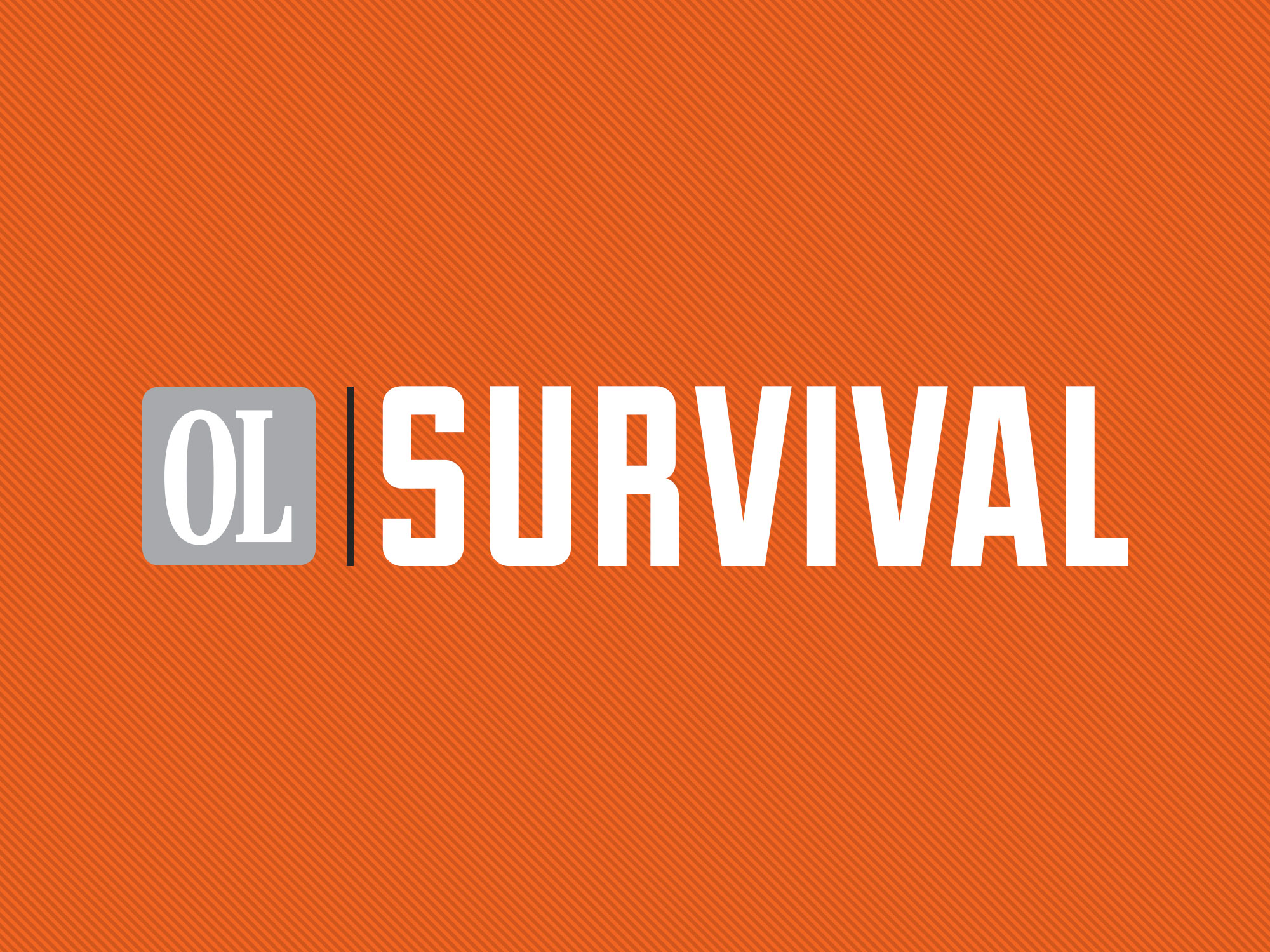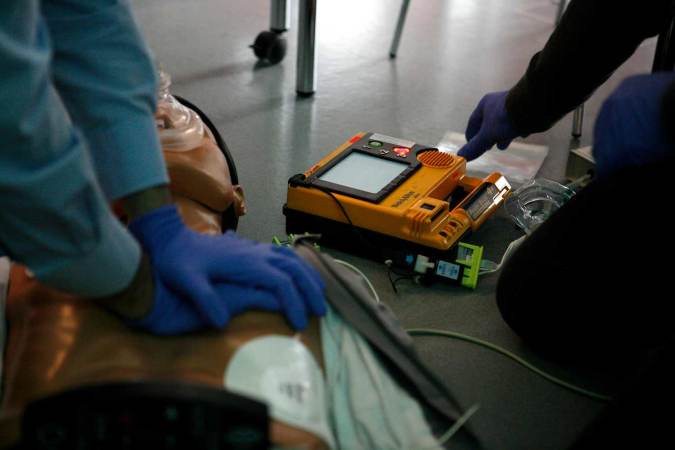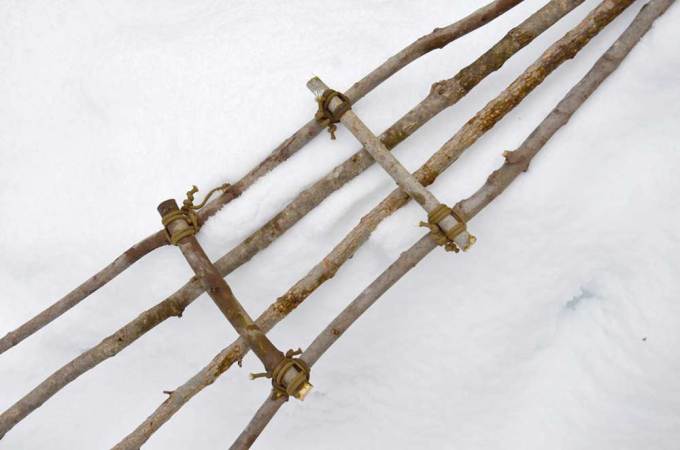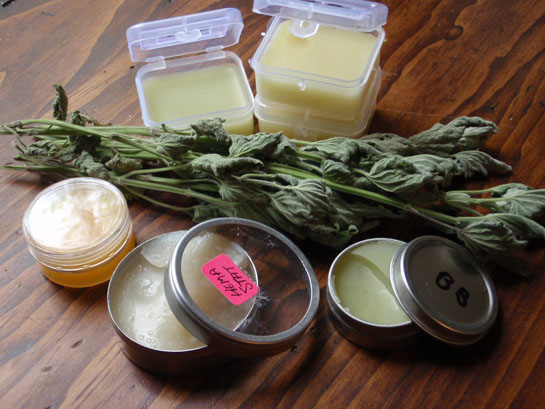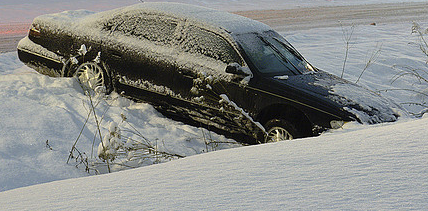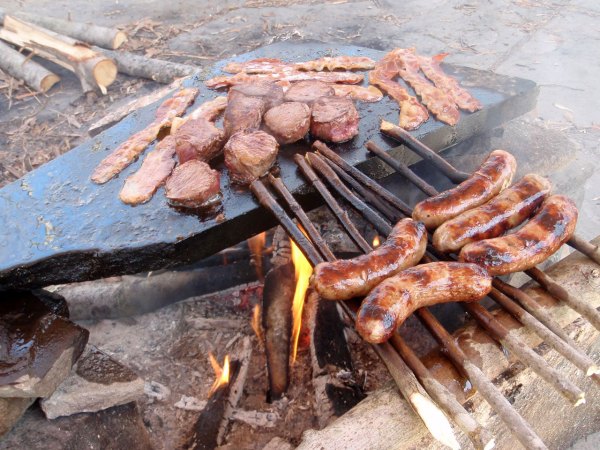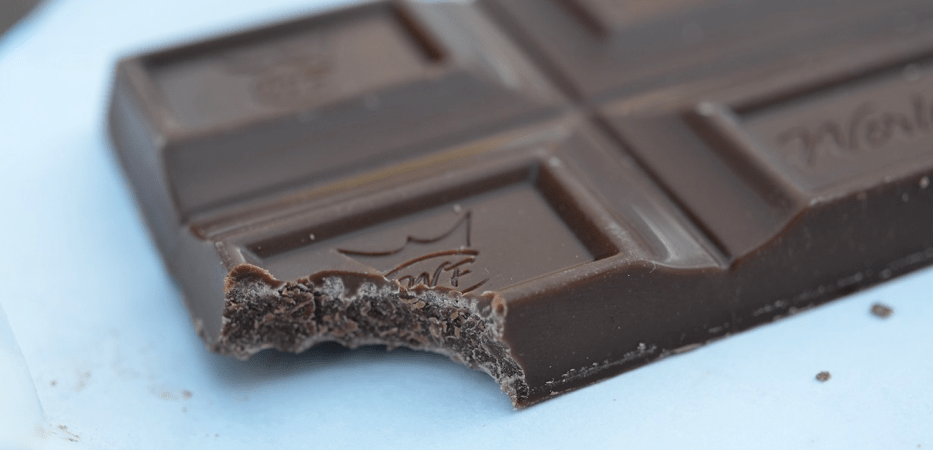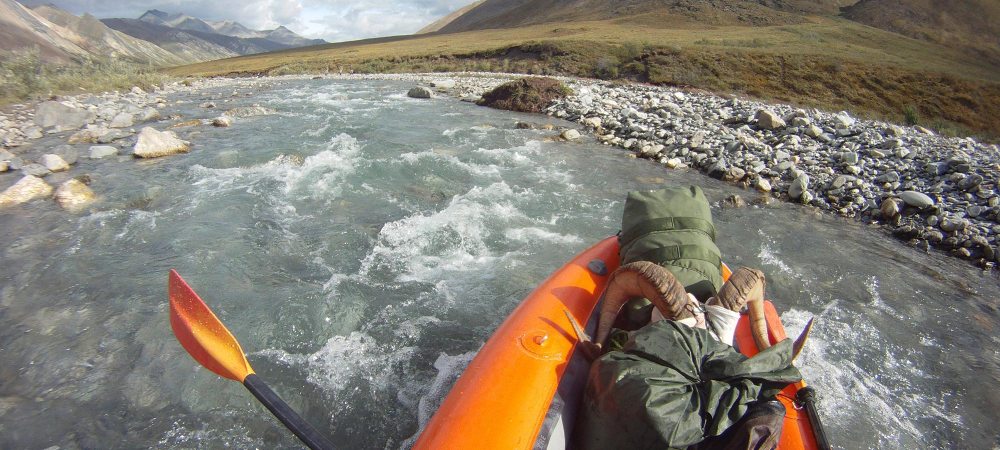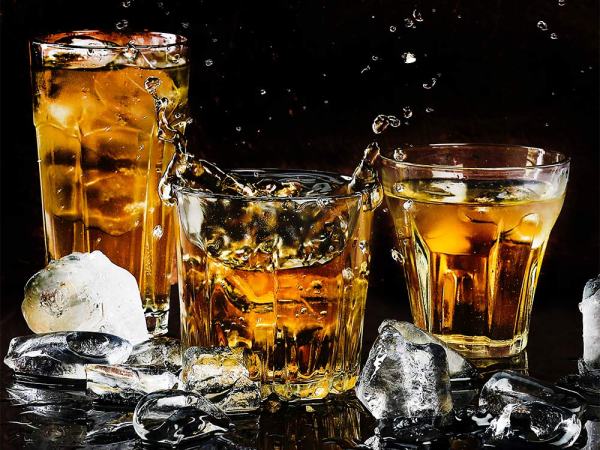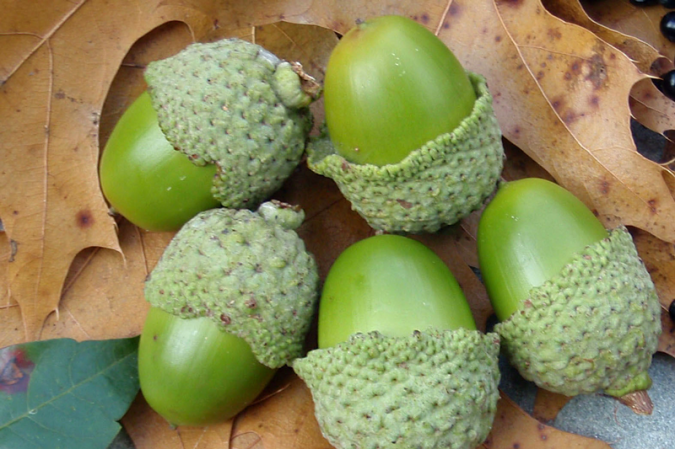The cold is one of humanity’s oldest adversaries, and over the millennia we’ve had plenty of time to create myths and misinformation on the treatment of hypothermia. You’ve probably seen these on TV and in movies—maybe you’ve even tried them yourself—but these aren’t the right steps to save a victim of cold exposure.
Myth 1: A sip of liquor will cure hypothermia
While strong drink (namely liquor) may have a place in some survival scenarios, it is the last beverage you should chug if you are in the grip of cold weather exposure. Alcohol can move more blood to the skin and dull the pain of the cold, making you feel warmer. But as this happens, your body core will chill faster which only harms you further. Instead, take small sips of a warm drink like hot tea or hot cocoa.
Myth 2: You can walk it off
Exercise has been documented as a means of saving lives in near hypothermia cases, but the loss of critical body heat can result in a loss of dexterity, poor mental state, a loss of consciousness, and all kinds of clumsiness. Trying to jog or do any vigorous exercise will definitely tire you out. You could even fall, adding broken bones to your hypothermia situation. Skip the jumping jacks and get into dry clothing, or a warm shelter, or the proximity of a roaring fire. Don’t try to walk off this injury.
Myth 3: It’s OK to sleep while hypothermic
A few minutes in cold water, or a few hours in the cold wind, can send someone’s body deep into hypothermia. After the shivering, confusion, slurred speech, numbness and clumsiness have manifested, a cold exposure victim will also get very tired. This weariness is a very serious warning sign. Hypothermia victims often go to sleep just before dying. Keep them awake, if possible, as you warm them up.
Myth 4: A hot bath, hot tub, or sauna will cure hypothermia
Rewarming someone is the main method of cold exposure treatment, both in the field and in the hospital. But dropping somebody in the Jacuzzi will be excruciatingly painful on a hypothermia victim’s skin, and it can even cause a heart attack. Active external rewarming can be done on the patient by applying warm items externally (such as a hot water bottle in both armpits). Skin-on-skin rewarming is also safe and gentle (although potentially awkward). Never use hot baths, steam rooms, or any other high heat sources to treat a hypothermic person.
Myth 5: Don’t feed a hypothermic person
Normal shock treatment and hypothermia treatment are different, yet often confused for one another. You don’t want to feed someone who may be going into shock because they can vomit and choke while unconscious. However in mild to moderate hypothermia cases, high calorie foods can be given in small, repeating doses to create metabolic heat in the victim. This is known as passive rewarming, and it involves the use of a person’s own heat generating ability. Get them out of their wet clothes, get them into some insulated dry clothing, and provide high calorie food and sips of a hot beverage.
Have you ever tried any of these tricks?
